You might not realize how much your posture affects your daily life, but it can play a significant role in your overall well-being. Professional care offers personalized assessments that pinpoint the root causes of your posture problems. With the guidance of qualified practitioners, you can learn effective techniques tailored just for you. However, the journey doesn't stop there; integrating these practices into your routine is essential. Curious about how to make lasting changes and maintain your posture health over time?
Understanding Posture Problems
Posture problems can greatly impact your overall well-being and confidence. When you slouch or hunch over, you mightn't only feel discomfort but also exude an image of insecurity. It's crucial to understand how these issues develop and their effects on your body.
Poor posture often stems from long hours spent sitting at a desk, staring at screens, or even from improper lifting techniques. Over time, these habits can lead to muscular imbalances, pain, and even chronic conditions.
You may notice that you often experience tension in your neck, shoulders, or back. These discomforts aren't just minor annoyances; they signal that your body is struggling under the strain of your posture.
Additionally, poor alignment can lead to reduced lung capacity and digestive issues, which can further affect your energy levels and overall health.
Moreover, your posture can influence how others perceive you. Standing tall and maintaining an open stance not only makes you look more confident but also helps you feel more empowered.
Conversely, if you're often hunched or tense, it can create a negative impression, impacting personal and professional relationships.
Recognizing these posture problems is the first step toward improvement. By being aware of your body's alignment throughout the day, you can start making small adjustments that lead to significant changes over time.
Benefits of Professional Assessment
Recognizing posture problems is just the beginning; seeking a professional assessment can provide valuable insights into your specific alignment issues. This step is essential in understanding how your posture affects your overall health and well-being.
Here are some benefits you'll gain from a professional assessment:
- Personalized Evaluation: A professional will evaluate your posture in a way that considers your unique body mechanics. You'll receive tailored recommendations rather than generic advice.
- Identifying Underlying Issues: Sometimes, posture problems stem from underlying conditions that you mightn't be aware of. A professional can identify these issues, helping you address them effectively.
- Guidance on Correction Techniques: Once your assessment is complete, you'll get specific exercises and techniques designed to improve your posture. This guidance can save you time and effort in figuring out what works best for you.
- Monitoring Progress: A professional can track your progress over time, helping you to stay motivated and committed to your posture improvement journey. Regular assessments guarantee you're on the right path and can make adjustments when needed.
Types of Professional Care
When it comes to improving your posture, exploring different types of professional care can make a big difference.
Chiropractic adjustments, physical therapy techniques, and massage therapy approaches each offer unique benefits tailored to your needs.
Let's take a closer look at how these options can help you stand tall and feel better.
Chiropractic Adjustments Benefits
Chiropractic adjustments offer a range of benefits that can markedly improve your overall health and posture. By targeting misalignments in your spine and joints, these adjustments help restore proper function and alignment, allowing your body to operate more efficiently.
Here are some key benefits you can expect:
- Pain Relief: Adjustments can alleviate discomfort in your back, neck, and joints, making it easier for you to move freely.
- Improved Posture: By correcting spinal alignment, chiropractic care encourages better posture, which can reduce strain on your muscles and joints.
- Enhanced Mobility: Regular adjustments increase your range of motion, making daily activities more enjoyable and less painful.
- Stress Reduction: Chiropractic care can help relieve physical tension, which often translates into reduced mental stress, improving your overall well-being.
Incorporating chiropractic adjustments into your wellness routine can lead to significant improvements in your health and posture.
Physical Therapy Techniques
Physical therapy techniques play an essential role in enhancing your recovery and improving overall function. These methods focus on restoring movement, reducing pain, and preventing future injuries.
You'll find that a personalized physical therapy plan can greatly impact your posture and daily life.
One common technique is therapeutic exercise, which strengthens the muscles that support your spine and improves your flexibility. Your therapist may also incorporate manual therapy, which involves hands-on techniques to relieve pain and improve mobility.
Modalities such as electrical stimulation or ultrasound might be used to reduce inflammation and promote healing.
Another effective approach is posture training. Your physical therapist will guide you through exercises that teach you how to maintain proper alignment during daily activities. This can help you develop better habits, reducing strain on your body.
Lastly, education is a vital component of physical therapy. You'll learn about body mechanics and ergonomic practices that can further enhance your posture and prevent future issues.
Massage Therapy Approaches
Several effective massage therapy approaches can greatly enhance your posture and overall well-being.
Each technique targets specific muscle groups, helping to alleviate tension and improve alignment. Here's a quick look at some popular methods you might consider:
- Swedish Massage: This gentle technique uses long strokes and kneading to relax your muscles and reduce stress, making it great for overall relaxation and posture improvement.
- Deep Tissue Massage: Focusing on deeper layers of muscle and connective tissue, this approach helps release chronic tension and promotes better alignment, especially in areas like the lower back and shoulders.
- Trigger Point Therapy: If you've got tight knots in your muscles, this targeted approach can release those points of tension, relieving pain and allowing for greater mobility, which is essential for maintaining good posture.
- Myofascial Release: This technique focuses on the fascia, the connective tissue surrounding muscles. By releasing restrictions in the fascia, you can improve flexibility and overall posture.
Incorporating these massage therapy approaches into your routine can greatly support your posture journey and enhance your daily life.
Techniques for Posture Improvement
To achieve better posture, it's essential to incorporate specific techniques into your daily routine. Start by being mindful of your sitting position. When you sit, keep your back straight and your shoulders relaxed but not slumped. Your feet should rest flat on the floor, and your knees should be at a right angle. Consider using an ergonomic chair that supports your lower back.
In addition to sitting correctly, take frequent breaks if you work at a desk. Stand up, stretch, and walk around every 30 minutes. This movement not only helps to realign your spine but also reduces muscle fatigue. Incorporating stretches like the chest opener and shoulder rolls can also help alleviate tension and improve your posture over time.
Another effective technique is strengthening your core muscles. Engage in exercises that focus on your abdomen, back, and pelvic floor. Planks, bridges, and pelvic tilts are great options to help stabilize your torso. A strong core supports your spine and encourages proper alignment.
Lastly, practice good posture while standing. Distribute your weight evenly on both feet, keep your shoulders back, and your chin parallel to the ground. Visualize a string pulling you upward from the top of your head, which can help you maintain an upright position.
Integrating Care Into Daily Life
Integrating care into daily life requires intentionality and awareness. To truly enhance your posture, you need to weave posture-friendly habits into your everyday routine. Here are some practical tips to help you accomplish that:
- Set Reminders: Use your phone or sticky notes to remind yourself to check your posture throughout the day. Setting reminders every hour can be a simple yet effective way to stay mindful.
- Ergonomic Workspace: Evaluate your workspace. Confirm your chair, desk, and computer monitor are set up to promote good posture. A chair with lumbar support and a monitor at eye level can make a significant difference.
- Stretch Regularly: Incorporate short stretching sessions into your daily routine. Stretching can relieve tension and improve flexibility. Aim for a few minutes every couple of hours to re-energize your body.
- Mindful Movement: Be conscious of your body mechanics during everyday activities. Whether you're lifting a box or sitting down, focus on maintaining proper body alignment. This mindfulness can help reinforce good habits over time.
Maintaining Long-Term Posture Health
Maintaining good posture isn't just about making adjustments in your daily routine; it's about creating a sustainable approach that keeps your spine healthy over time. To achieve long-term posture health, you need to incorporate a few key practices into your life.
First, make it a habit to check in with your body throughout the day. Set reminders on your phone or use sticky notes to prompt you to sit up straight or adjust your workspace.
Strengthening your core is another essential step. Your core muscles support your spine, so activities like yoga, Pilates, or strength training can make a significant difference. Aim for at least two sessions a week focused on core stability and strength.
Additionally, pay attention to your ergonomics. Whether you're sitting at a desk, using your phone, or standing for long periods, guarantee your body is properly aligned. Invest in ergonomic furniture and tools that encourage good posture.
Don't forget about regular professional care. Visiting a chiropractor or physical therapist can help you identify and correct any underlying issues. They can provide tailored exercises and adjustments that promote long-term posture health.
Lastly, remember the importance of regular movement. Incorporate short breaks into your routine to stretch and walk around. This keeps your muscles engaged and prevents stiffness.
Conclusion
By seeking professional care, you're taking a crucial step towards enhancing your posture and overall well-being. With personalized assessments and tailored techniques, you can effectively address any underlying issues. Remember to integrate these practices into your daily life and stay committed to your posture goals. Regular check-ins with your chiropractor or physical therapist will keep you on track, ensuring lasting results. Embrace this journey, and enjoy the benefits of improved alignment and a healthier you!



